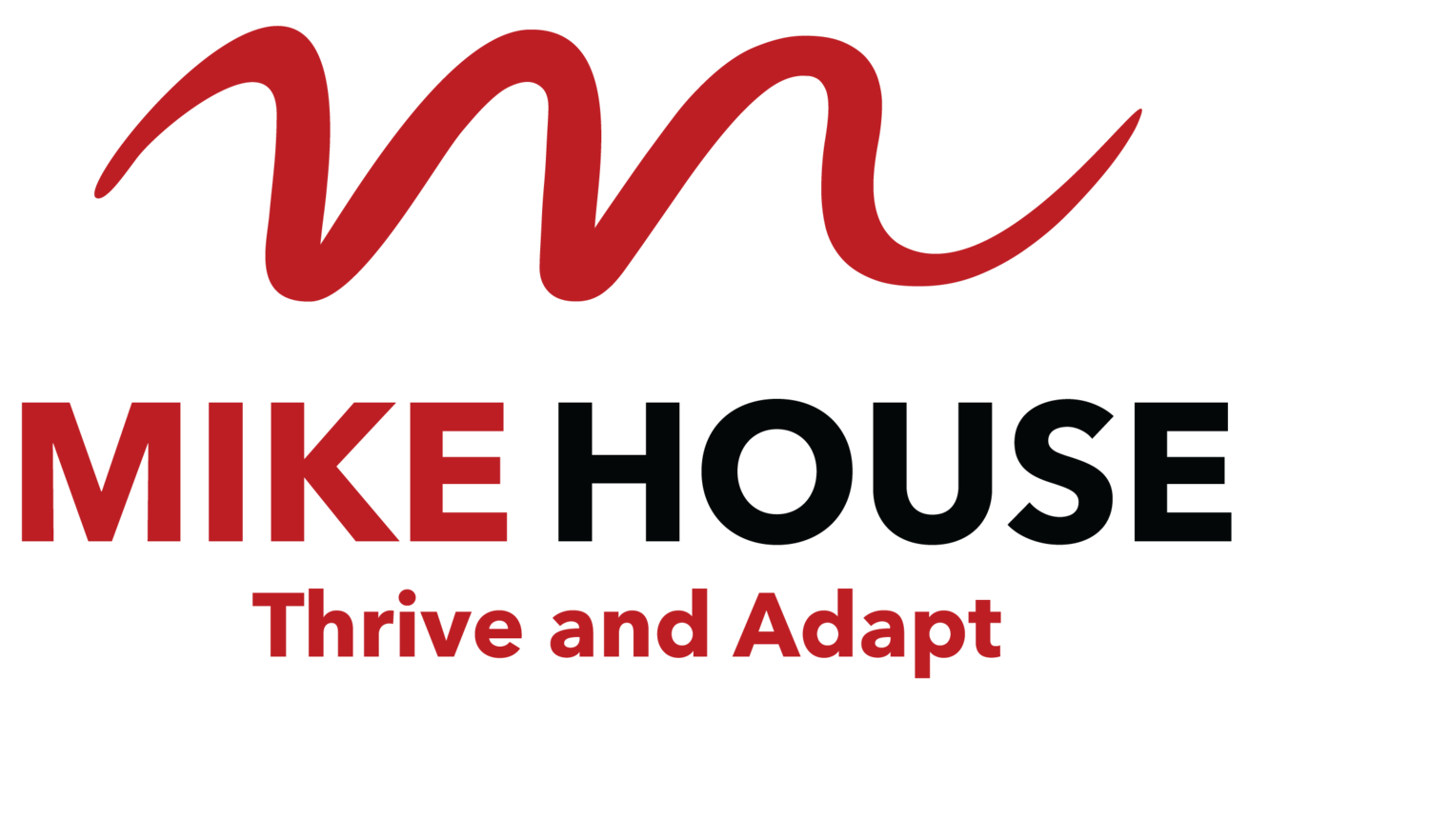4 C’s for the Big Picture
/There was one rock to miss. It was right in the middle of the raging river drawing my kayak to it like a magnet. I bounced off it hard, somehow managing to stay in the boat. I was rattled and the next few minutes were frantically reactive. I lost my awareness of the river, instead focussing on what was right in front of me. When a similar thing happens to pilots, they call it ‘getting behind the plane’. Decisions come late and each error compounds into the next. The ‘big picture’ disappears.
When many of my clients and friends in Western Australia describe business/life at the moment, it has the same feel. In many ways we are late to the Global COVID party. Now it’s here. Many clients work in disability and aged care services and now have positive cases. There’s deep concern for the wellbeing of people they provide services to and their staff. It’s rapidly evolving. Decisions have real consequences. They are reacting to a daily shifting landscape.
When we end up reactive and working ‘close to our nose’, just like the paddler and pilot, we lose perspective. Work seems somehow harder and less meaningful as reactivity forces us away from purpose and meaning - just dealing with the next thing.
Leaders can mitigate some of this for themselves and the people they lead with 4 C’s
Clarity - rather the crystal clear version of clarity, think lighthouse in a thick fog. If a clear picture is not possible, provide clarity about direction and things to avoid. Give people clear priorities that reduce the pressure of decision making in the heat of the moment.
Communication - talk to the team and keep them informed. It’s almost impossible to over communicate in high consequence fast moving environments. Make it as clear and brief as possible.
Connection - Links to purpose/mission, each other and a sense of hope can all erode if playing too close to your nose. Be kind. Show you care. Value results. Remind each other of purpose.
Calm - The US Navy SEALs say ‘Calm is contagious’. Whatever the situation, panic or calm are choices. One advantage of a team is that when I am losing it, you will be calm. That will calm me. Later, I will share my calm with you. Breathe and slow down a little. We can easily get caught up in fever pitch.
If you could benefit from the 4C’s right now, reach out. It would be my pleasure to give you some time. Book via the link or return email.










